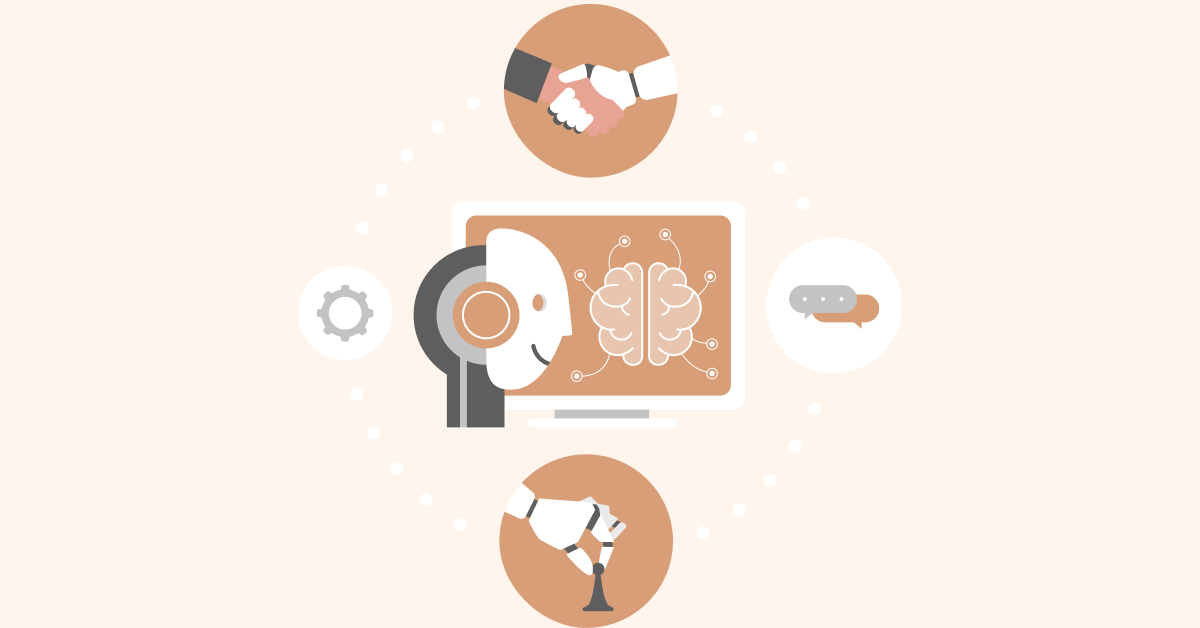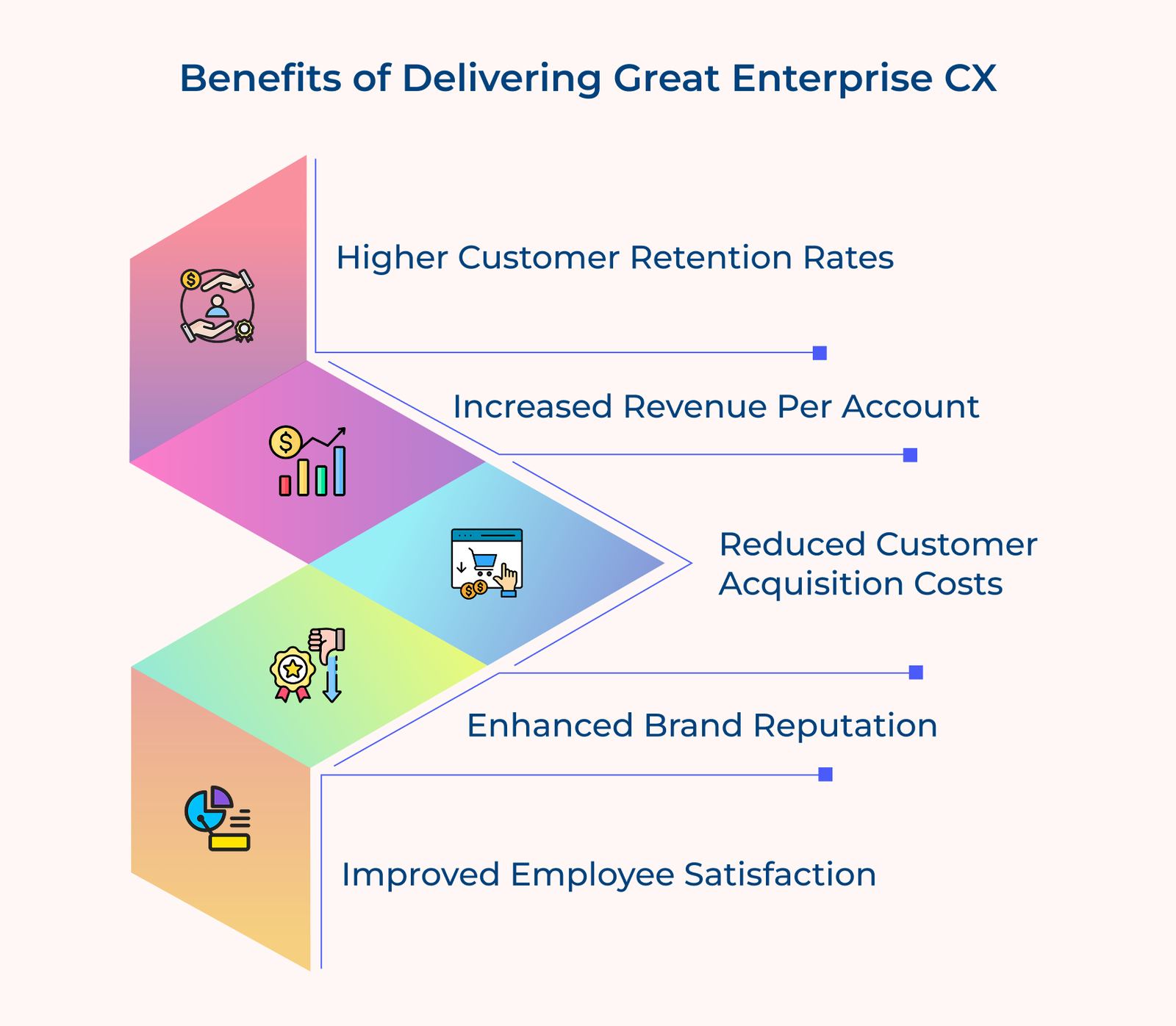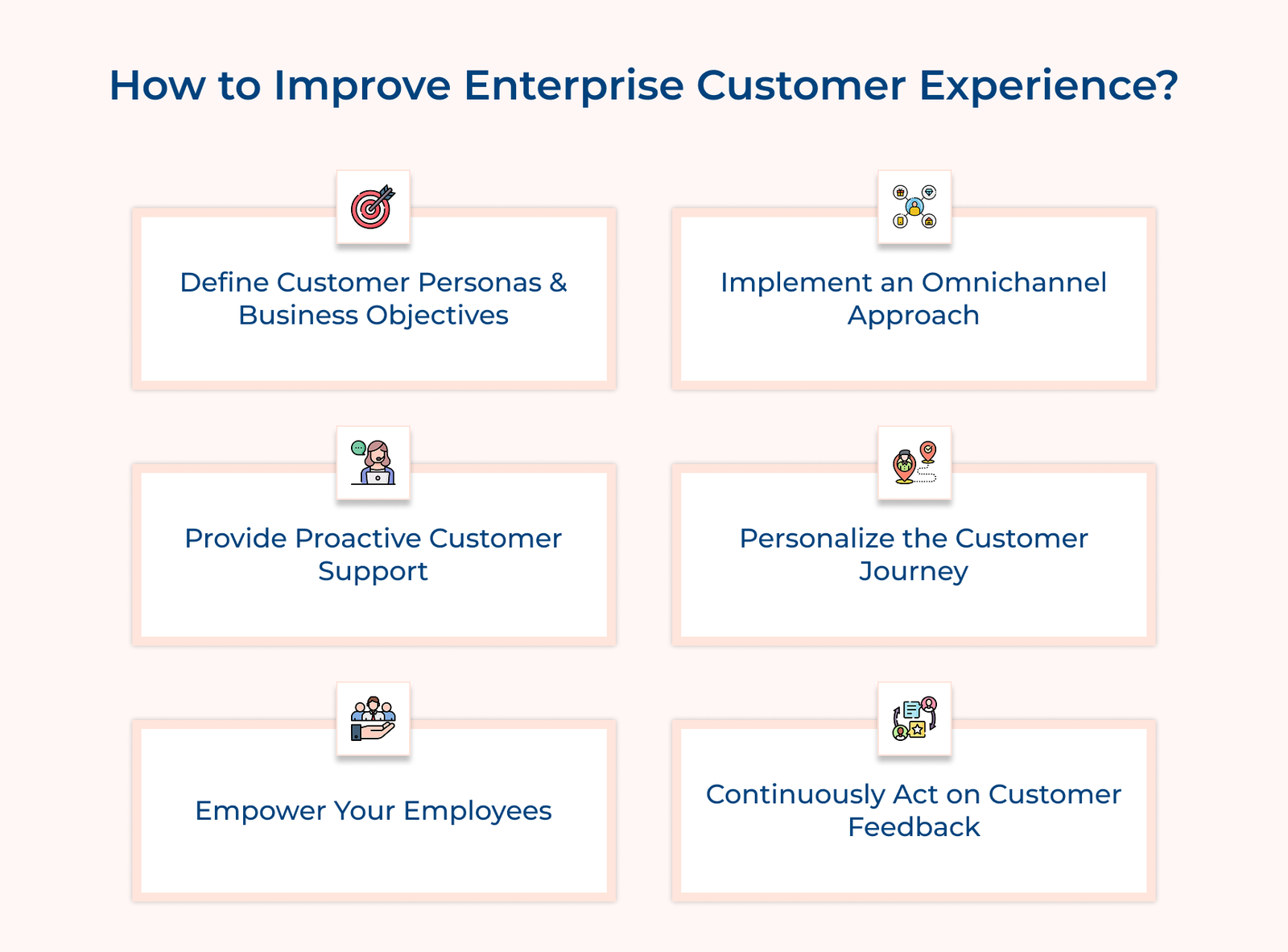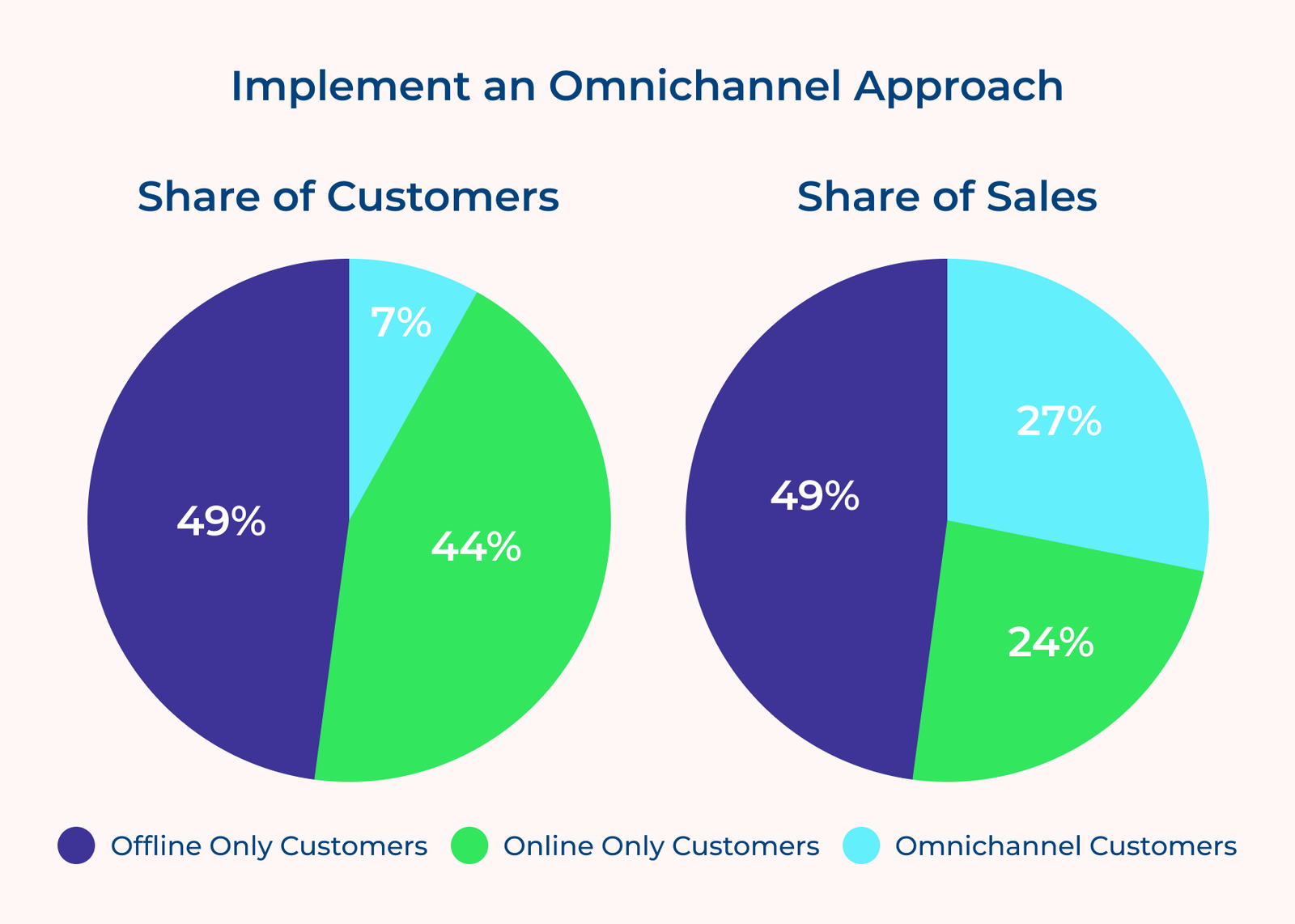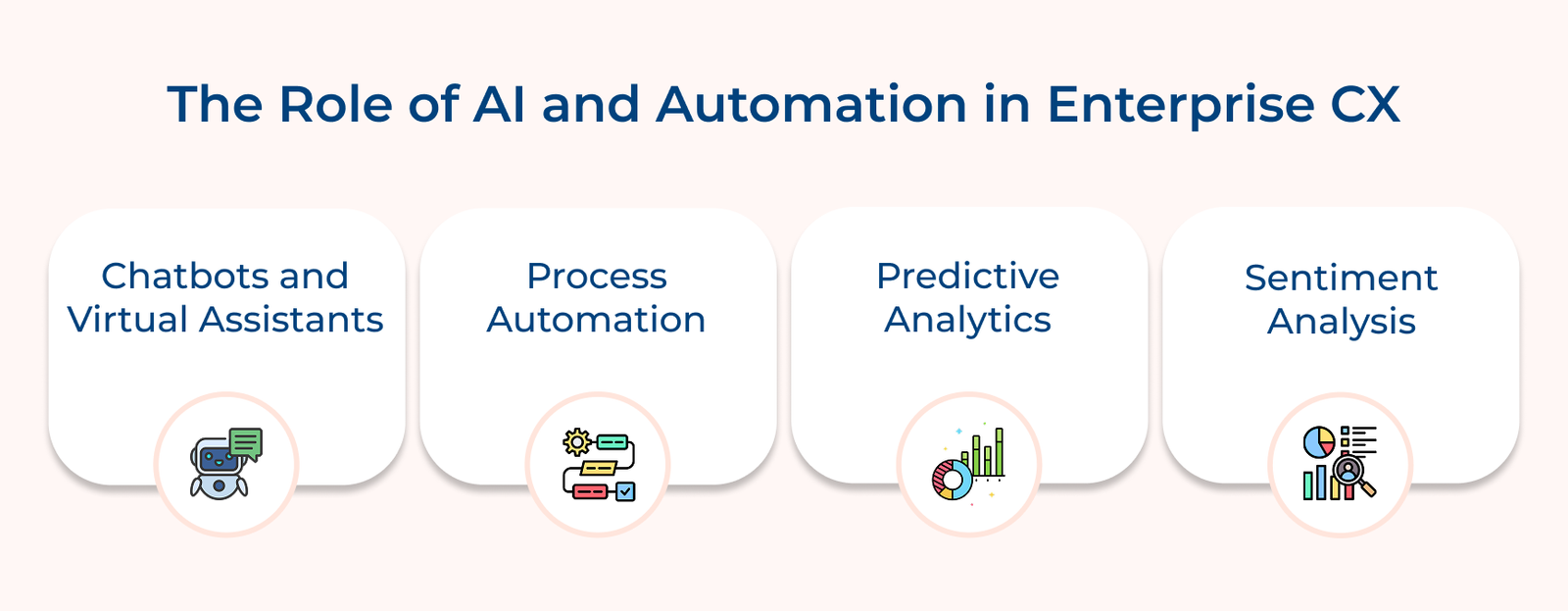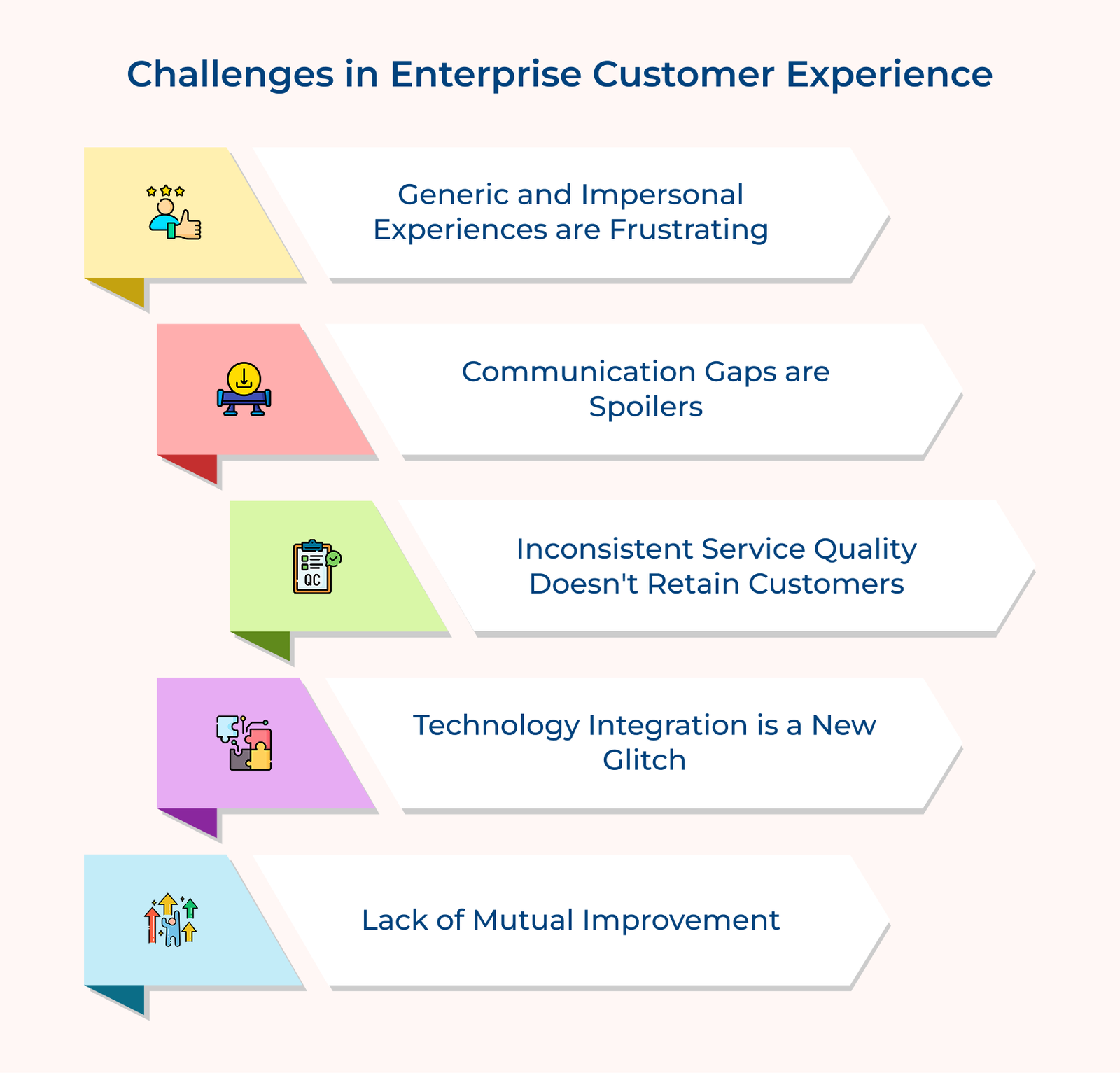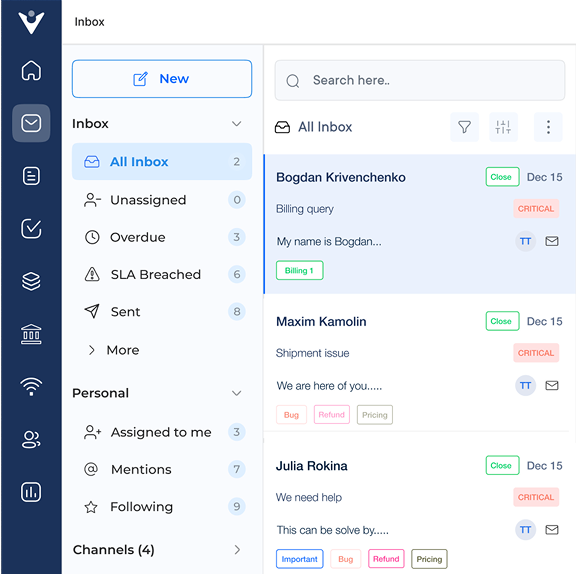Best practices:
- Make sure there’s a seamless integration across all channels. It is only then the customer experience you provide will be consistent.
- Use customer data along with insights to deliver personalized interactions across all channels.
- Regularly analyze the customer feedback you receive across various channels. It is important to identify pain points and improve the omnichannel strategy.
3. Provide Proactive Customer Support
Don’t wait for customers to run into problems before you act. You should be able to anticipate what they’ll need and step in early with the solutions. It can be done through various means, such as setting up automated alerts, providing self-service resources and reaching out to customers with relevant information or offers.
In enterprise setups, even a small disruption can throw off entire workflows. It is recommended that you not wait for problems to surface. When businesses keep an eye on things like usage patterns and system performance, they are able to spot trouble early. The issues must be fixed before they impact the client’s experience.
Best practices:
- Use an effective ticketing system to track and manage customer inquiries effectively.
- Proactively address common customer pain points by regularly analyzing customer feedback and implementing appropriate solutions.
- Train support team members to anticipate customer needs and provide personalized assistance. The aim should be to exceed customer expectations and enhance their overall experience.
4. Personalize the Customer Journey
Modern customers want to feel valued by the brand they engage with. It is where personalizing their journey can help fulfill these expectations. You can use customer data to customise the marketing communications, offers and recommendations they get. Things like past purchases or browsing behavior should also be considered to make the experience as personalized as possible.
Personalization is not just limited to marketing activities. Things like customer service interactions, product recommendations and even website experiences can be tweaked as per the preferences of individuals.
Best practices:
- Analyze customer behavior to gain insights into the user preferences and needs.
- Use intelligent automation and self-service options to empower customers. They can personalize their own journey based on their unique requirements.
- Make sure that in the long run, you are continuously optimizing the customer journey. Collect the customer feedback regularly and make the necessary improvements.
5. Empower Employees
When you have employees who are satisfied, motivated and empowered, they are more likely to provide excellent service to customers. The leaders should shoulder the responsibility to promote a customer-centric culture. Provide the right resources to employees, facilitating open communication and reward the employees who provide a top-notch service.
The empowered employees can make real-time decisions that save enterprise clients valuable time during critical business situations. Giving your team members the authority to resolve issues without extensive approval processes means they can respond to urgent client needs immediately.
Best practices:
- Give the employees comprehensive training and clear guidelines that will help them deliver an exceptional customer experience.
- Establish a culture of open communication. The employees should be hesitant in offering suggestions and sharing insights to enhance customer satisfaction.
- Reward the employees who consistently go above and beyond to deliver outstanding customer experiences.
6. Continuously Collect and Act on Customer Feedback
Set up simple ways to hear from your customers at key moments like after they buy, when they reach out for support, or through short surveys. The goal here shouldn’t be to just gather the feedback but to act on it quickly. The customers should be able to see their input shaping real improvements.
Businesses must analyze the feedback they get with an open mind. Identify areas where improvements can be made and take prompt action to address any issues raised by customers. Not only does it reflect that you value customer feedback, but it also allows you to make improvements backed by data.
Best practices:
- Regularly collect customer feedback through multiple channels. It will give you highly valuable insights into the users’ needs and preferences.
- Act on customer feedback promptly by analyzing the data. Look out for patterns and take the necessary actions.
- Take the customer feedback as the engine that is there to strengthen and elevate enterprise customer experience.
7. Establish a Customer-Centric Culture
Having a customer-centric culture is extremely significant if you want to improve the enterprise customer experience you provide. It involves aligning all aspects of your business, from leadership and strategy to processes, around the needs of your customers.
Start by making customer experience a priority at every level of the organization and empowering employees to make decisions that prioritize customer satisfaction. When you are embedding a customer-centric mindset into the DNA of your enterprise, delivering a superior experience will become a core value for your business.
Best practices:
- Encourage open communication and collaboration across all departments. There will be a unified understanding of customer expectations.
- Provide ongoing training and development opportunities for employees. Their customer service skills should be improved from time to time.
The Role of AI and Automation in Enterprise Customer Experience (CX)
Let’s understand how AI is transforming enterprise customer experience by analyzing user behavior and helping businesses deliver more personalized support at every stage of the journey.


